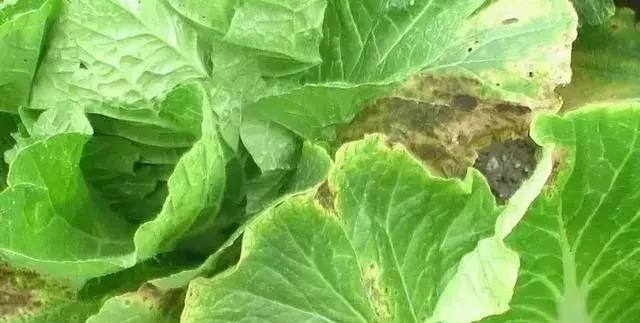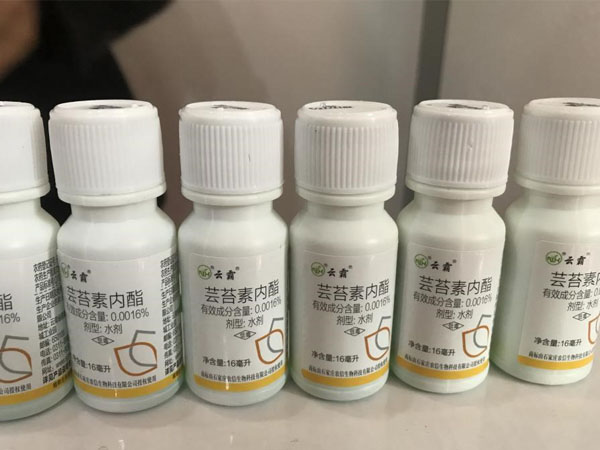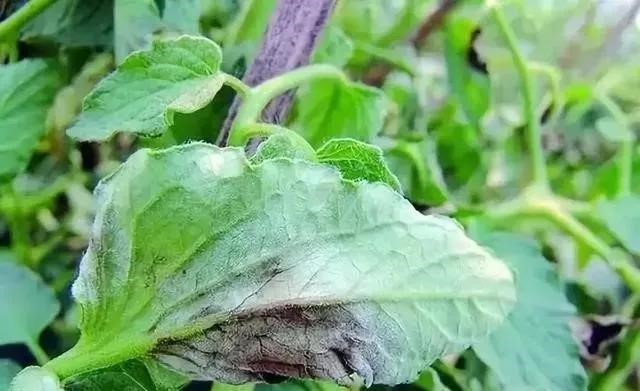Search Product
Search here for what you are looking for:
Search here for what you are looking for:

Symptom analysis of common plant growth regulators’ damages
Plant growth regulators, also known as hormone pesticides, abuse plant growth regulators, easily cause crop phytotoxicity, affect yield and quality of crops, and increase production costs. Therefore, plant growth regulators must be used with caution. This article introduces you to the symptom analysis of commonly used plant growth regulators.

1. Symptoms of paclobutrazol
Plants are short, the tuber is small, deformed, the leaves are curled, the matte flowers, the old leaves of the base fall off in advance, the young leaves are twisted, and the wrinkles shrink. For cotton, the plant is seriously dwarfed, the fruit branches can not stretch, the leaves are deformed, the axillary buds are clustered, and the buds are falling. Peanuts have small leaves, plants do not grow, peanuts are small, and premature aging. Due to the long-term efficacy of paclobutrazol, it can also cause phytotoxicity to the lower crops, resulting in no emergence, late emergence, low emergence rate, and abnormal symptoms of seedlings.
2. DPC symptoms
The leaves become smaller and thicker, the internodes are dense, the axillary buds are clustered, and the plants grow unevenly, causing the buds to fall off a lot, and the cotton is late and late. The ketamines are less harmful on grasses and have a wider range of dosages. The ketamine medicinal damage generally does not cause phytotoxicity to the squat crop.
3. symptoms of chlormequat chloride

The plants are seriously dwarfed, the fruit branches can not be stretched, the leaves are deformed, the chicken claw leaves appear, the axillary buds are clustered, the branches of the fruit branches are too short, and the branches and leaves of the plants are brittle and easily broken.
Soaking seeds and phytotoxicity, the roots are bent, the young leaves are not long, and the emergence of seedlings is delayed after 7 days. chlormequat chloride is susceptible to dicotyledonous plants and is less susceptible to monocotyledonous plants. Thechlormequat chloride damage generally does not affect the squat crop.
4, Ethephon symptoms
The lighter phytotoxicity showed that the top of the plant appeared wilting, and the lower leaves and flowers and young fruits of the plant gradually turned yellow and fell off, and the remaining fruits matured in advance. The heavier phytotoxicity is that the whole plant leaves turn yellow and fall off quickly, and the fruit matures and falls off quickly, resulting in the death of the whole plant. Excessive use of ethylene or improper use of time can cause phytotoxicity. Ethephon damage does not affect the crops.
5. A-naphthaleneacetic acid phytotoxicity symptoms

The phytotoxicity of slight A-naphthaleneacetic acid is that the flower and young fruit are defoliated, which has little effect on plants. The heavier phytotoxicity is that the leaves are atrophied, the petioles are turned over, the leaves are shed, and the results are rapidly matured and shed. For soaking seeds, the roots are less, the roots are deformed, and the roots are not rooted, and no seedlings are produced. The a-naphthalene acetic acid medicinal part will have phytotoxic effects on the lower crops, and most of them will not cause harm to the lower crops.
8. Brassinolide phytotoxicity symptoms
The plants growing ceaselessly , fruits would be small, and the fruit forms a dead fruit in the later stage.